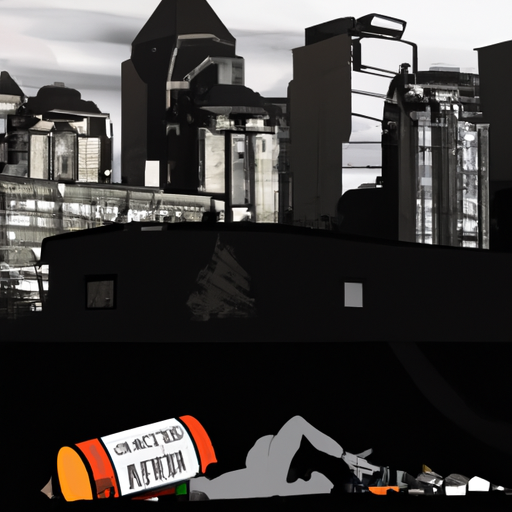The Opioid Crisis in Canada and Response Strategies: A Case Study from Calgary
In news from the south of the border, Canadian civic and community leaders can draw key insights into tackling the ever-growing opioid crisis. The state of Arkansas has taken a bold step by suing two pharmacy benefits manager, alleging that their malpractices have fueled the opioid epidemic. In light of these developments, it becomes crucial to examine and understand the dynamics of the opioid crisis in Canadian communities, particularly in Calgary.
The Calgary Opioid Crisis: Scope and Magnitude
In recent years, Calgary has grappled with a disturbing surge in opioid misuse and overdose cases. This saddening trend forms part of a larger, nationwide opioid crisis that has necessitated urgent interventions from both government agencies and non-governmental organizations. The opioid crisis has various adverse effects on the most vulnerable populations, including the homeless and the disenfranchised.
Key Points:
- The opioid crisis in Canada, particularly in Calgary, is exacerbating problems such as homelessness and crime.
- Opioid misuse often leads to a vicious cycle of addiction, homelessness, and crime, thereby necessitating the urgent need for comprehensive interventions.
- Class action lawsuits, like the Canadian opioid abatement class action lawsuit, may provide a legal avenue to hold pharmaceutical companies accountable and seek compensation for damages.
- The use of naloxone, an opioid overdose antidote, has proven effective in harm reduction efforts. However, providing access to naloxone is only part of the solution, and it must be coupled with long-term interventions.
Abatement Efforts and Strategies
Among the strategies adopted to combat the opioid crisis in Calgary, the use of naloxone kits stands out. Naloxone, an antagonist for opioid receptors, effectively reverses the life-threatening respiratory depression that characterizes an opioid overdose, buying critical time for professional medical help to arrive.
However, naloxone is not a panacea for opioid addiction, and its use must be complemented by comprehensive, long-term interventions. Notably, the government has backed several programs that provide access to supportive housing and mental health services for individuals struggling with opioid addiction. Additionally, ongoing public health education has aimed to provide accurate information and de-stigmatize opioid misuse.
The Role of Legal Actions
The Arkansas lawsuit underlines the potential role of legal measures in addressing the opioid crisis. On a similar note, the Canadian opioid abatement class action lawsuit presents a potentially effective weapon in the arsenal, holding pharmaceutical companies responsible for fueling the opioid crisis. These lawsuits could recoup billions spent on opioid-related healthcare costs while incentivizing the creation of safer pain management resources.
Conclusion
In conclusion, addressing the Canadian opioid crisis, particularly in Calgary, requires a multi-pronged approach. Naloxone kits play a critical role in preventing overdose deaths, but they must be part of a more comprehensive intervention that includes improved access to mental health services and supportive housing. Legal measures, such as the Canadian opioid abatement class action lawsuit, also have potential in holding pharmaceutical companies accountable and generating funds for community recovery efforts. As leaders in our communities, let’s continue to adopt and advocate for these comprehensive interventions, striving to support our most vulnerable populations and put a stop to this devastating epidemic.
